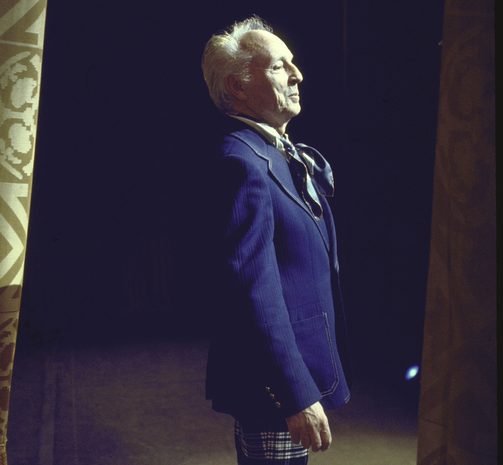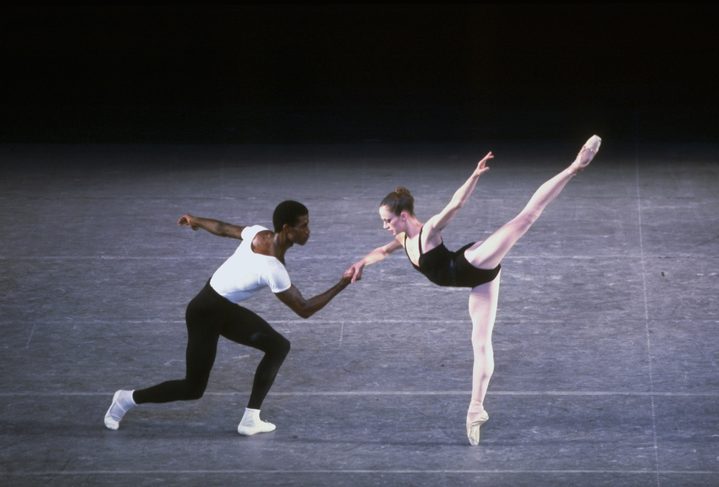146. Transcendence 1935
- Music
Franz Liszt (‘Mephisto’ Waltz; Ballade; 10th, 13th, 19th Hungarian Rhapsodies), arranged and orchestrated by George Antheil. Book by Lincoln Kirstein.
- Choreography
George Balanchine
- Production
Scenery by Franklin Watkins (through union restrictions credited to Gaston Longchamp). Costumes by Franklin Watkins. Scenery constructed and painted by William H. Mensching Studios; costumes executed by Eaves Costume Company
- Premiere
March 5, 1935, American Ballet, Adelphi Theater, New York. Conductor: Sandor Harmati. (First performed by the Producing Company of the School of American Ballet, December 6, 1934, Avery Memorial Theater, Hartford, Connecticut.)
- Cast
I. MEPHISTO WALTZ: The Young Girl, Elise Reiman; The Young Man, Charles Laskey; The Man in Black, William Dollar; 10 women, 4 men;
II. BALLADE: THE MESMERISM: Reiman; Dollar; Witches, 15 women; THE END OF THE MAN IN BLACK: Dollar, 4 men;
III. THE RESURRECTION: The Possessed: 16 women, 6 men
II. BALLADE: THE MESMERISM: Reiman; Dollar; Witches, 15 women; THE END OF THE MAN IN BLACK: Dollar, 4 men;
III. THE RESURRECTION: The Possessed: 16 women, 6 men
Performance Type
Ballet
Note
Inspired by the virtuosity of Liszt and Paganini, the ballet centers on the hypnotic powers of a virtuoso dancer. Disguised as a monk, he mesmerizes a young girl. The girl’s lover and friends manage to overcome him, but resurrected by his seemingly unlimited energy, the diabolical dancer leaps up and leads them all in a frenzied, Mephistophelean finale.
Lincoln Kirstein




